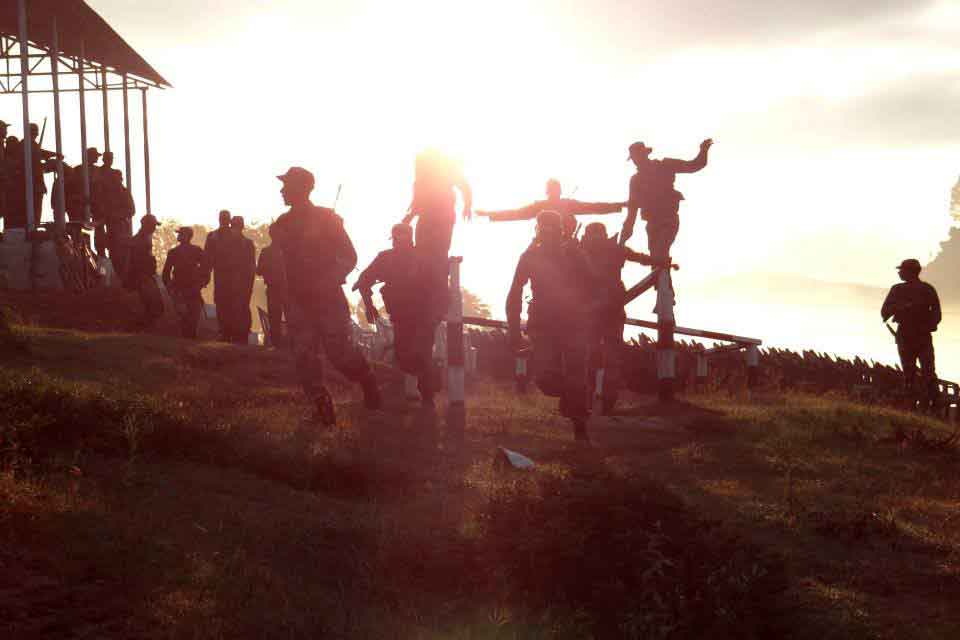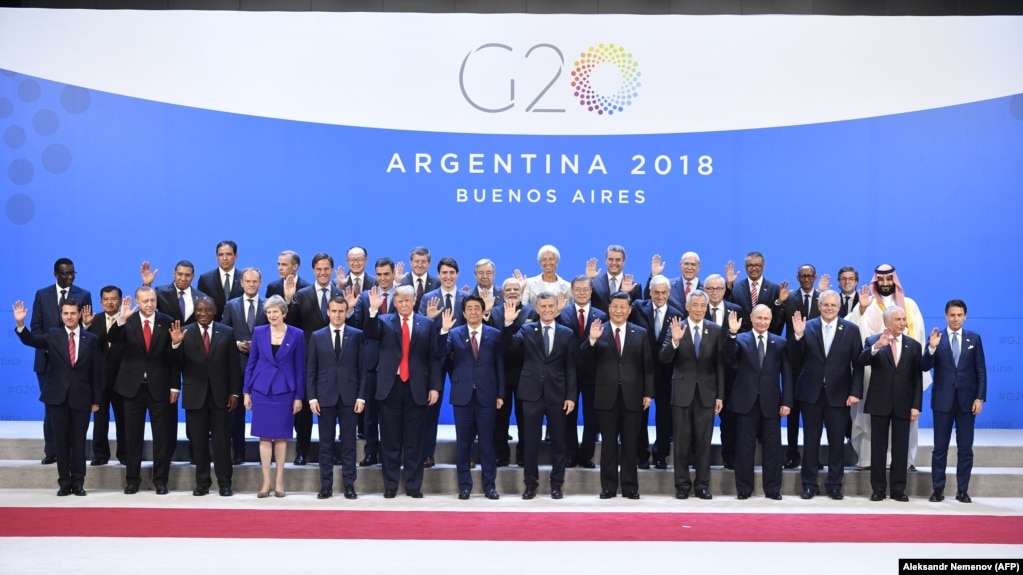IDR Blog
India's National Security: Rhetoric needs to be matched by Action
The annual budget will be presented at the end of February and the manner in which India allocates fiscal resources for its military and related national security will come under brief scrutiny, even as the Indian army was deployed in Haryana to deal with what was essentially an internal, law and order situation which the local police and paramilitary forces were unable to control.
This context is relevant for the institution of the Indian military which is sustained by the annual defence budget, which is not only significantly small when compared to that of other burgeoning powers like China, but which also is an often ignored entity in the national psyche. Despite the threadbare allocations made to it, the commendable professionalism and the apolitical nature of the Indian military have provided the much needed critical core for the trajectory of India’s democratic experience.
Concurrently the institution has been tasked to maintain national sovereignty and territorial integrity and acquire a competence that spans the bandwidth from nuclear weapons and missiles to low-intensity-conflict and terrorism that was manifest in Mumbai on November 26, 2008 and on the outskirts of Srinagar as recently as on February 23, 2016 when Indian soldiers lost their lives.
To nurture the military (that is army, air force and navy), India allocated INR 2,467 billion (USD 40.5 billion approx) in February 2015 – the first full budget presented by the Modi government. While this is a sizable amount, it is relatively modest by the global norm for major powers. This allocation of USD 40 billion was estimated to be 1.75 percent of the country’s Gross Domestic Product (GDP).
Many other countries with a less complex security challenge allocate between 2 to 4 percent of their GDP for defence, but given India’s socio-economic priorities and the scale of the human security challenge, it is unlikely that India will be able to allocate significantly greater resources than the current trend. Thus, one may expect that the defence allocation that will be presented next week will be in the range of USD 40 billion and this does not include the pension allocation.
Is this amount enough for India’s overall defence preparedness? The short answer is no, and the challenge for the higher defence management is to create the kind of military that will be able to adapt to the changing nature of warfare and national security and also provide the requisite credibility to India’s political and diplomatic orientation.
From the Nehruvian non-alignment of the Cold War decades, Delhi now identifies ‘strategic autonomy’ and the profile of a leading power as its preferred objectives in the international arena. However, the achievement of the delineated goals will remain elusive when another stark reality is noted. India remains vulnerable to arms imports as it does not have a robust indigenous defence production base. The Modi government’s focus on “Make in India’ can be seen as an earnest attempt to redress this inadequacy.
The scale of the challenge is daunting and the defence budget will have to provide the necessary resources to nurture this gradual transformation – from being an importer of military inventory to that of a technologically proficient nation that can be part of the global military manufacturing eco-system.
Currently India has the ignominy of being the world’s largest importer of arms and accounted for 14 percent of the global total in 2014-15. China is in the second place at 4.7 percent. Over the last 15 years, India has spent up to USD 120 billion to import military inventory and technology and given the tight control over such know-how (both design and manufacturing) and poor strategic planning – the domestic Indian manufacturing base remains woefully inadequate in the defense sector.
Two examples are illustrative. Despite the fact that India has one of the largest military plus paramilitary and police forces in the world (over two million, if they are all taken together) and each of them requires a good personal weapon like a revolver or the Kalashnikov equivalent.
However the sad reality is that India still does not have a credible design and manufacturing capacity in this domain. Yes, a country that has nuclear weapons and which is now set to commission its own nuclear propelled and missile capable submarine (Arihant), does not design its own revolver or an automatic personal weapon.
Furthermore, the country does not even have adequate ammunition-making capacity and the Comptroller and Auditor General (CAG) report tabled in parliament in May 2015 noted that the Ordnance Factories Board (OFB) had failed to provide the army the specified quantities and hence the shortfall was 73% in all types of ammunition.
Clearly this is a very unsatisfactory situation and is reflective of a larger structural problem, wherein the Indian military is very deficient in its overall inventory – and the highest levels of the national security apparatus have opted to live with this undesirable status quo for years – of depleting platform numbers, obsolescence and a non-existent domestic defence manufacturing base.
Thus the challenge for the Modi government and Defence Minister Manohar Parrikar in particular is to create the necessary policy framework within which to bring about this transformation, and all of this with the relatively modest fiscal resources that are available – about USD 41 billion.
The inventory of the military (platforms like tanks, ships and aircraft) is provided for in the capital component of the defence budget and some trends are instructive. The capital component is shrinking relative to the revenue component (this caters to pay and allowance and other standing costs for a one million plus military) and is now below 40 percent of the total defence expenditure. And, even more discouraging is that even the total capital component is not spent, and this under-utilization is a reflection of the many inadequacies that afflict the higher-defence lattice and is symbolized in what is better known as the ‘Bofors syndrome’.
The defence budget is rarely discussed in the Indian Parliament in an informed and objective manner and is often characterized by bitter political rancor and a zero-sum approach. National security must impel some degree of bipartisan political consensus but, that alas, remains very elusive in the current times.
Prime Minister Narendra Modi’s personal interest and commitment towards national security and the focus on ‘Make in India’ is commendable. But the need to implement earnest rhetoric to ground reality is even more urgent now in relation to the Indian military than ever before.
Courtesy: http://southasiamonitor.org/detail.php?type=sl&nid=15807
Post your Comment
One thought on “India’s National Security: Rhetoric needs to be matched by Action”
 Loading Comments
Loading Comments





Sir,with due respect…Isn’t the Indian Armed forces specially the Higher Leadership of the Military should not be equally Blamed….Indian Army Officers helped OFB to create 105mm Indian Field Gun..which is still being used by the Indian Army to maintain it’s Strong Hold on Siachen…IAF never invested in Indigenous products and Technologies be it HAL Marut or HAL Tejas
Indian Armed forces are not able to absorb the Defence Budget many times in the recent past
Indian Armed forces have Miraculous General Staff Requirements like the Recent Tender for a Multi Calibre Rifle..which failed..and the Army had to go for the Option of choosing the Excalibur rifle for the replacement of INSAS Rifles….Indian Army also made the requirement in the Past that INSAS Rifle should be only 3 burst capable…After USA we’re the only country stupid enough to make a Assault rifles get limited by 3 burst round…This concept has failed..even for US Armed forces.
I completely agree with you that the OFB ,Bureaucratic and Political Leadership should be blamed equally with this does not ignores the fact that the Indian Armed forces are equally responsible.
It takes such a high amount of time for Indian Armed forces to decide whether an Assault rifle or Sub-machine Gun is Good or Not….Indian Army is again going for the trials if OFB made Excalibur Rifles….It does not makes any sense that Why suddenly the Force and it’s Leadership became so Pro-OFB.
Sir,Frankly speaking the Indian Citizens have utmost Respect for Indian Soldiers and Officers fighting for the Honour of our Country but then,We all are sceptical of the Higher Leadership in the Indian Armed forces specially Indian Army and IAF.